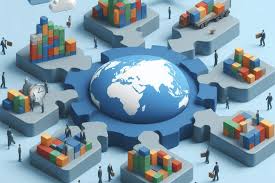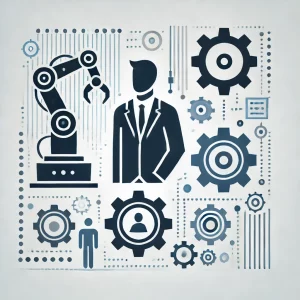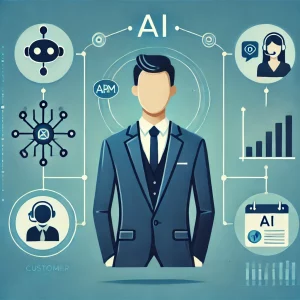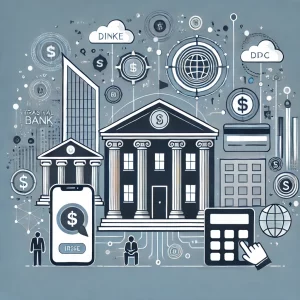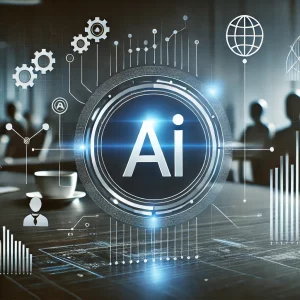The Impact of AI and Automation on Manufacturing
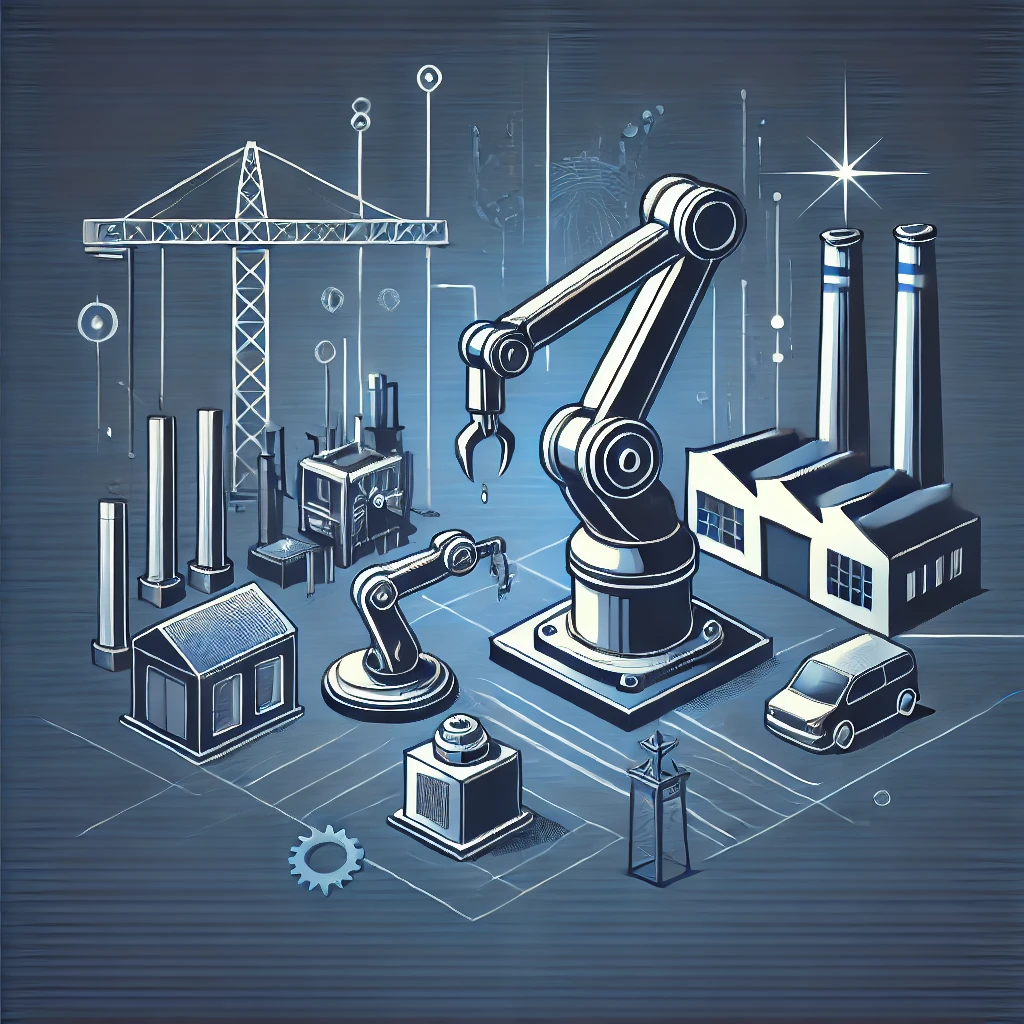
The manufacturing industry has long been a cornerstone of global economies, driving innovation and providing livelihoods for millions. However, as technology evolves, so does the manufacturing landscape. Artificial intelligence (AI) and automation have emerged as transformative forces, revolutionizing how products are designed, produced, and delivered. These technologies are reshaping the industry, offering unparalleled opportunities for efficiency, precision, and scalability. At the same time, they present challenges that must be navigated to ensure equitable and sustainable growth.
This article explores the profound impact of AI and automation on manufacturing, highlighting key advancements, benefits, challenges, and future implications.
AI and Automation: Redefining Manufacturing Processes
AI and automation are not entirely new to manufacturing, but recent advancements in machine learning, robotics, and data analytics have accelerated their adoption. Together, they are redefining manufacturing processes in several ways:
1. Smart Production Lines
AI-powered production lines use real-time data to optimize manufacturing processes. Sensors and IoT devices monitor machinery, raw materials, and product quality, enabling factories to operate with minimal human intervention.
2. Predictive Maintenance
Traditional maintenance methods often result in downtime and inefficiencies. AI-driven predictive maintenance uses machine learning algorithms to analyze equipment data and predict failures before they occur, reducing downtime and maintenance costs.
3. Autonomous Robots
Automation in manufacturing often involves robotic systems performing repetitive tasks with high precision. Advanced robots equipped with AI can adapt to changing conditions, collaborate with human workers, and handle complex tasks.
4. Supply Chain Optimization
AI enhances supply chain management by analyzing market trends, predicting demand, and ensuring timely delivery of materials. Automated systems streamline logistics and inventory management, reducing costs and waste.
5. Customization and Additive Manufacturing
AI enables manufacturers to offer personalized products at scale. Coupled with technologies like 3D printing, AI allows for on-demand production, reducing lead times and inventory requirements.
Benefits of AI and Automation in Manufacturing
The integration of AI and automation into manufacturing processes offers numerous benefits, transforming the industry into a more agile and efficient sector.
1. Increased Efficiency
AI optimizes resource allocation, minimizes waste, and ensures machinery operates at peak performance. Automation reduces the time required for production, leading to faster delivery times.
2. Enhanced Product Quality
AI-driven quality control systems detect defects with unparalleled accuracy, ensuring that only high-quality products reach consumers. Automated adjustments during production maintain consistency.
3. Cost Reduction
By minimizing errors, reducing material waste, and streamlining operations, AI and automation significantly lower production costs. Predictive maintenance further reduces expenses associated with equipment downtime.
4. Improved Workplace Safety
Automation reduces the need for human workers to perform hazardous tasks, enhancing workplace safety. Robots can handle heavy lifting, work in extreme environments, and perform repetitive tasks, minimizing the risk of injury.
5. Scalability and Flexibility
AI and automation enable manufacturers to scale operations quickly and adapt to market demands. Automated systems can be reprogrammed to produce different products, offering unparalleled flexibility.
Challenges of AI and Automation in Manufacturing
While the benefits of AI and automation are undeniable, they also bring challenges that manufacturers must address to fully harness their potential.
1. Workforce Displacement
One of the most pressing concerns is the displacement of workers. Automation reduces the need for manual labor, potentially leading to job losses in industries reliant on repetitive tasks.
2. High Initial Investment
Implementing AI and automation requires significant capital investment in technology, infrastructure, and training. Small and medium-sized enterprises (SMEs) may struggle to afford these costs.
3. Integration Complexity
Integrating AI systems into existing manufacturing processes can be complex. Compatibility issues, data silos, and the need for skilled personnel to manage AI systems pose significant barriers.
4. Data Privacy and Security
AI relies heavily on data, making manufacturers vulnerable to cyber threats. Ensuring the security of sensitive information and protecting intellectual property is a growing concern.
5. Ethical Considerations
The use of AI in decision-making raises ethical questions about accountability, bias, and transparency. Manufacturers must establish guidelines to ensure ethical AI deployment.
Case Studies: AI and Automation in Action
1. Tesla’s Gigafactories
Tesla’s Gigafactories exemplify the integration of AI and automation in manufacturing. These factories use AI-driven robots and IoT systems to produce electric vehicles and batteries with unparalleled efficiency. The use of automation has enabled Tesla to scale production rapidly while maintaining high standards of quality.
2. Siemens and Predictive Maintenance
Siemens leverages AI-powered predictive maintenance in its manufacturing facilities. By analyzing equipment data, Siemens reduces downtime and maintenance costs, ensuring continuous production and optimal resource utilization.
3. Adidas and Speedfactories
Adidas introduced its Speedfactories, which use automation and AI to produce customizable footwear. These factories combine robotics and 3D printing to create personalized products on demand, reducing waste and transportation costs.
The Future of AI and Automation in Manufacturing
The role of AI and automation in manufacturing is expected to expand further, driven by advancements in technology and increasing demand for efficiency. Several trends are shaping the future of the industry:
1. Lights-Out Manufacturing
Fully automated factories, known as “lights-out” facilities, operate without human intervention. These factories maximize efficiency and reduce costs, offering a glimpse into the future of manufacturing.
2. Collaborative Robots (Cobots)
Unlike traditional industrial robots, cobots are designed to work alongside humans. They enhance productivity by performing repetitive tasks while allowing human workers to focus on more complex activities.
3. AI-Powered Supply Chains
AI will play a central role in creating intelligent supply chains capable of responding to disruptions in real time. Advanced algorithms will optimize logistics, reduce delays, and ensure seamless operations.
4. Green Manufacturing
AI and automation can contribute to sustainability by minimizing waste, optimizing energy use, and enabling the circular economy. Smart systems will help manufacturers meet environmental goals without compromising efficiency.
5. Workforce Transformation
As automation takes over repetitive tasks, the demand for skilled workers in AI management, robotics, and data analytics will rise. Reskilling programs will be essential to prepare the workforce for the evolving industry.
Balancing Innovation and Inclusion
To fully realize the potential of AI and automation, manufacturers must address the social and economic implications of these technologies. Policymakers, industry leaders, and educational institutions must collaborate to ensure:
- Workforce Reskilling: Training programs should equip workers with the skills needed to thrive in an automated world.
- Ethical AI Deployment: Manufacturers must adopt transparent and fair AI practices to build trust and accountability.
- Accessible Technology: Efforts should be made to make AI and automation technologies affordable for SMEs, promoting inclusive growth.
Conclusion
AI and automation are transforming manufacturing, unlocking unprecedented levels of efficiency, precision, and scalability. While these technologies offer immense benefits, they also pose challenges that require thoughtful solutions. By investing in innovation, fostering collaboration, and prioritizing workforce development, the manufacturing industry can navigate this transformation successfully.
As AI and automation continue to evolve, their impact on manufacturing will redefine the industry, driving it toward a future that is not only more efficient but also more adaptable and sustainable. This transformation represents a pivotal moment in the history of manufacturing—one that holds the promise of a smarter, more connected world.
